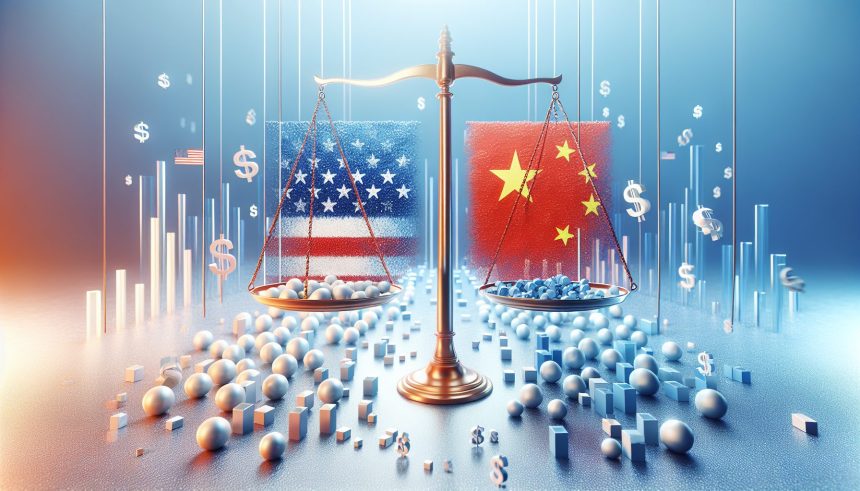The United States and China have reached a significant agreement to temporarily reduce the severe tariffs they have imposed on each other. This move is seen as an attempt to defuse tensions that have been threatening global economic growth. President Donald Trump’s administration, which had previously insisted on not lowering tariffs without concessions from China, agreed to reduce its steepest levies after facing mounting economic pressure from companies and consumers feeling the strain of the trade war.
The White House announced it would pursue more formal talks with Beijing. “We’re not looking to hurt China,” Mr. Trump said at the White House, acknowledging the need for ongoing negotiations.
He noted that while many of the tariffs remain in place, the talks would focus on “opening up” China to American businesses. Trump also mentioned his plans to speak with Chinese President Xi Jinping, though he cautioned that reaching a comprehensive agreement would take time.
U.S.-China tariffs temporarily reduced
In a joint statement, the United States and China said they would suspend their respective tariffs for 90 days. Under the agreement, the U.S. would reduce the tariff on Chinese imports to 30 percent from 145 percent, while China would lower its import duty on American goods from 125 percent to 10 percent. The series of tariff exchanges, often referred to as the “tit-for-tat” tariffs, saw President Trump raise tariffs several times throughout the year.
The new agreement brings the tariff rates closer to their levels before the April escalations labeled as “Liberation Day” by Trump. The negotiations did not yet yield any substantial concessions beyond the agreement to continue them. However, significant tariff reductions start as both nations aim to ease the economic burdens caused by the trade conflict.
The outcome of these frenzied negotiations leaves room for cautious optimism, as parties work towards a more structured deal that could ultimately stabilize economic relations between the two superpowers. While these developments mark a pause in the intensifying trade war, businesses and consumers alike remain watchful, hoping for a lasting resolution that secures economic stability.







